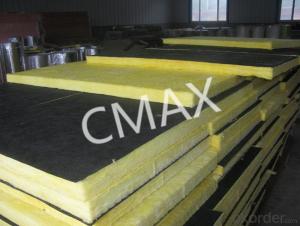Metal roofing is a popular choice for many homeowners due to its durability, longevity, and energy efficiency. However, one aspect that is often overlooked is the importance of proper insulation and underlayment. In this article, we’ll explore the role of metal roofing insulation underlayment in protecting roofs from moisture, and why it’s essential for maintaining the integrity and performance of your metal roof.
The Role of Insulation and Underlayment
Insulation and underlayment work together to create a barrier against moisture and other elements. Insulation helps to regulate the temperature inside your home, while underlayment serves as a secondary barrier to protect the roof deck from water infiltration. Without proper insulation and underlayment, your metal roof could be at risk of damage from leaks, mold, and rot.
Why Metal Roofs Need Insulation and Underlayment
Metal roofs are known for their durability, but they can still be susceptible to moisture damage if not properly protected. Moisture can seep in through small gaps and seams, leading to rust and corrosion over time. Insulation and underlayment help to prevent this by creating a barrier that keeps moisture out. Additionally, insulation can help to reduce noise from rain and hail, making your home more comfortable and peaceful.
Choosing the Right Insulation and Underlayment
When it comes to choosing the right insulation and underlayment for your metal roof, there are several factors to consider. First, consider the climate in your area. If you live in a region with heavy rainfall or snowfall, you’ll want to choose a product with a high water resistance rating. You should also consider the R-value of the insulation, which measures its ability to resist heat flow. A higher R-value means better insulation and energy efficiency.
Installation Process
The installation process for metal roofing insulation and underlayment is relatively straightforward. Start by measuring the dimensions of your roof and purchasing the appropriate amount of insulation and underlayment. Next, install the insulation, ensuring it is evenly distributed and covers the entire roof deck. Once the insulation is in place, install the underlayment, making sure it overlaps the insulation and is secured to the roof deck. Finally, install your metal roof panels according to the manufacturer’s instructions.
Maintenance and Care
Proper maintenance and care are essential to ensure the longevity of your metal roof and its insulation and underlayment. Regularly inspect your roof for signs of damage or wear, and address any issues promptly. This may include repairing or replacing damaged panels, resealing seams, or adding additional insulation if necessary. By taking care of your metal roof, you can enjoy its benefits for many years to come.
The Benefits of a Well-Insulated Metal Roof
A well-insulated metal roof offers numerous benefits, including energy efficiency, noise reduction, and protection from moisture damage. By investing in the right insulation and underlayment, you can enjoy a comfortable, durable, and long-lasting roof that adds value to your home.
Conclusion
In conclusion, metal roofing insulation and underlayment play a crucial role in protecting your roof from moisture and other elements. By choosing the right products and following proper installation and maintenance practices, you can ensure the longevity and performance of your metal roof. Don’t let moisture damage ruin your investment – protect your metal roof with the right insulation and underlayment today.

